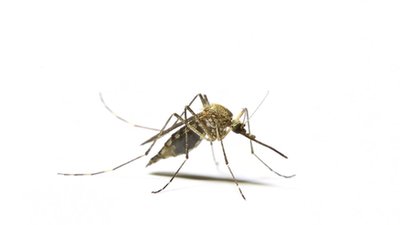Drought:
the impact of not enough fresh water
Droughts are becoming more frequent. Given climate change, rising demand for water and the sea level rise, long-term effects must be taken into account in short-term interventions in the system. Deltares is using its system knowledge and models to contribute to monitoring, forecasting, scenario analysis, policy studies, effect analyses, testing innovations and implementing solutions. A partner to tackle drought in an integrated and future-resilient way.
1
Intensive water use and optimal water allocation
2
External salinisation
3
Groundwater stocks and internal salinisation
5
Reservoir management
4
Transport by water
6
Urban infrastructure and buildings
Drought worldwide
Our system knowledge helps with planning, governance and financing.
Intensive water use and optimal water allocation
Challenges
Water supplies are increasingly inadequate for agriculture and nature. A rising population and the economy demand more and more water. The shortages cause losses of income or irreversible damage.
Water quality is worsening.
During water shortages: how do we allocate the available fresh water?
Solutions
The quantification of water availability and water shortages, and the consequences for society .
The design and evaluation of climate-proof, economically responsible, ecologically resilient and socially inclusive solutions.
The design and management of operational decision-support systems for optimal water management and water allocation to users.
External salinisation
Challenges
Salt intrusion from the sea.
Solutions
We test innovative solutions such as salt barriers, bubble screens, locks.
Data and recom- mendations for managers and lock masters, predicting salt intrusion to take measures.
Combating salinisation in the river with fresh water from river discharge (freshwater flushing). Recommendations for water managers to limit salt intrusion.
Groundwater stocks and internal salinisation
Challenges
When it is dry, soil moisture and ultimately the groundwater level fall more than average.
Salinisation (in the form of saline seepage) also affects the fresh surface water eventually.
During drought, groundwater abstraction increases.
Solutions
We conduct research into solutions in the field such as retaining water, level-controlled drainage, soil improvement.
Topping up the freshwater lens in wet periods, new drainage techniques, advice on flushing strategy.
We study and calculate how local measures ultimately work out at the catchment level.
Transport by water
Challenges
Low water means that a vessel can transport less cargo.
Fewer lock openings possible due to water shortage or to prevent salinisation.
Safety on routes under threat due to more vessels.
Solutions
Infrastructure: we investigate technical solutions such as deepening channels, and river retaining walls in the river.
Logistics and shipping: here, we share knowledge and collaborate with the sector, nationally and internationally.
Informing the inland shipping sector about present and future water levels, water depths and channel widths for better solutions.
Reservoir management
Challenges
Drinking water supplies: buffers get exhausted.
No precipitation for long periods, no irrigation possible. Effects on food supplies and the economy.
Solutions
Increase natural capacity with nature-based solutions such as reintroducing meanders, adapting land use.
Models, software and dashboards predict water shortages but also pos- sible flooding. This makes better reservoir management and robust water management possible.
Responsible artificial replenishment of groundwater stocks using infiltration techniques.
Urban infrastructure and buildings
Challenges
Drought leads to the lowering of the groundwater level: the city subsides. Damage and extra costs for the maintenance of houses and infrastructure.
Homes where the groundwater has been too low suffer from pile rot.
Solutions
Adapting the urban water system so that water is not drained away too quickly. For example by disconnecting the clean water drains.
Adapting the level in line with the predicted conditions. Active level management.
Knowledge for urban planning with the focus on new buildings in the right place, heat stress and water courses.
FACTS AND FIGURES
Low water in rivers
Costs of salinisation of agricultural land
Salinisation increases due to sea level rise and lower river discharges.
Average annual costs of drought in the Netherlands
Anticipated annual costs of drought in Europe in 2010
Costs of water management in the Netherlands now
!
More on drought on our website, where you can find the people to contact

